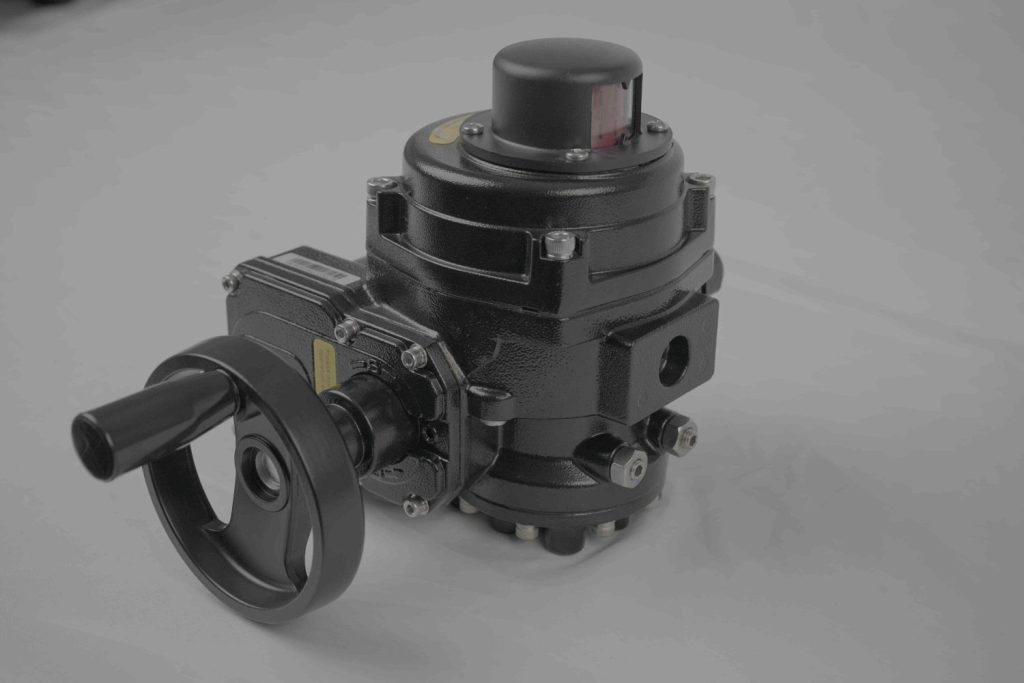In the growing world of lithium-ion batteries, safety has become a paramount concern. As the demand for high-performance batteries increases, particularly in electric vehicles (EVs), energy storage systems, and consumer electronics, the need for advanced safety mechanisms within these batteries is critical. One such safety feature is the stainless steel lithium battery valve, a small yet vital component that plays a significant role in preventing catastrophic battery failures.

The Role of Stainless Steel Lithium Battery Valves The primary function of a stainless steel lithium battery valve is to act as a pressure relief device. During normal operation, lithium-ion batteries store and discharge energy efficiently without any issues. However, under certain circumstances—such as overcharging, thermal runaway, or physical damage—the internal pressure within a battery can increase to dangerous levels. Without a proper safety system in place, the excess pressure can cause the battery to rupture, leading to hazardous outcomes such as fires or explosions. To prevent this, stainless steel valves are designed to open and release excess pressure in a controlled manner when the internal pressure exceeds a specified threshold. By doing so, these valves prevent the battery from reaching critical levels of stress that could result in structural failure or, worse, an explosive reaction. The valve essentially serves as a safety valve, venting gases or liquids that might otherwise lead to a dangerous situation.